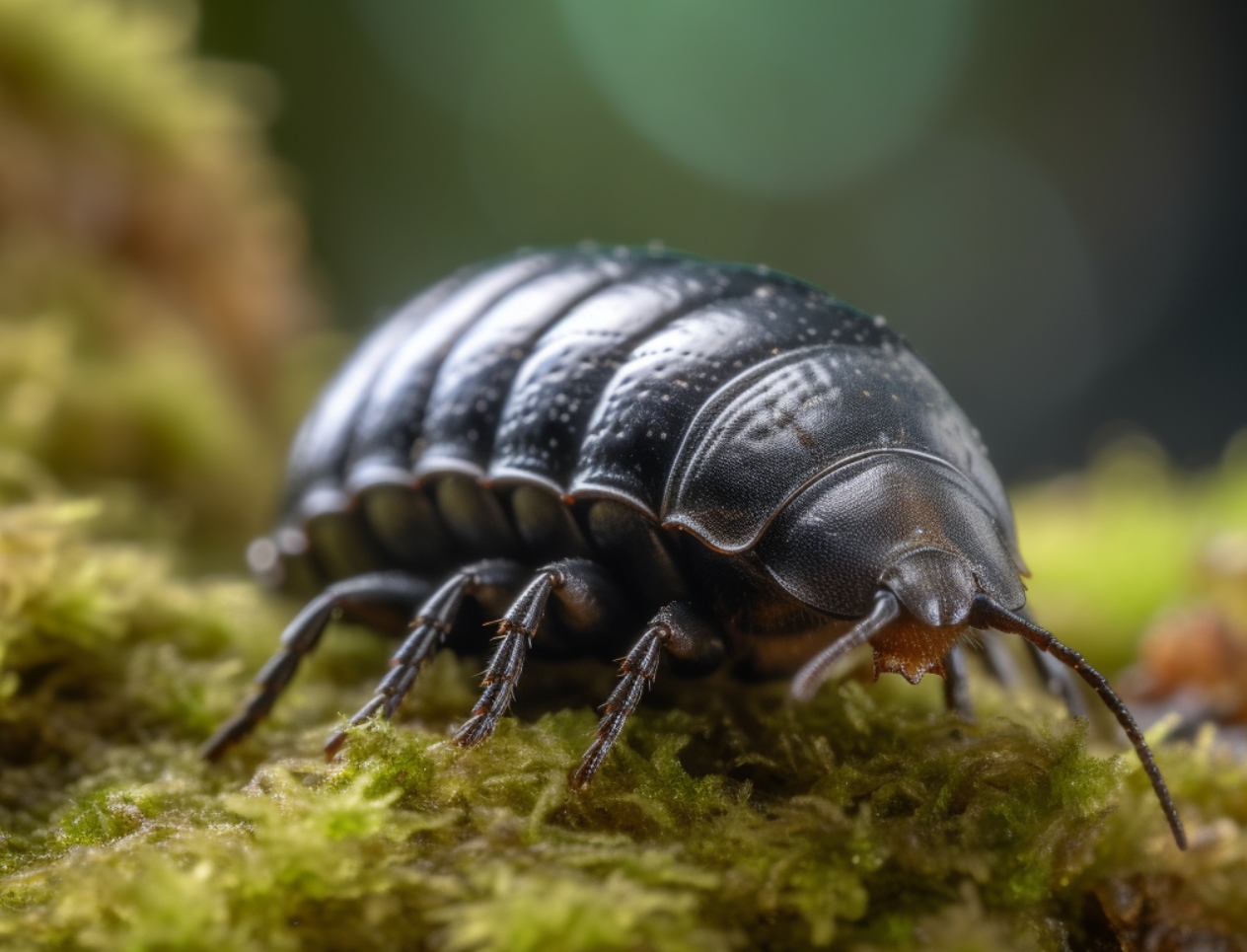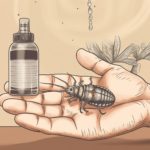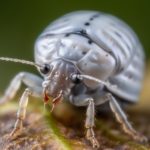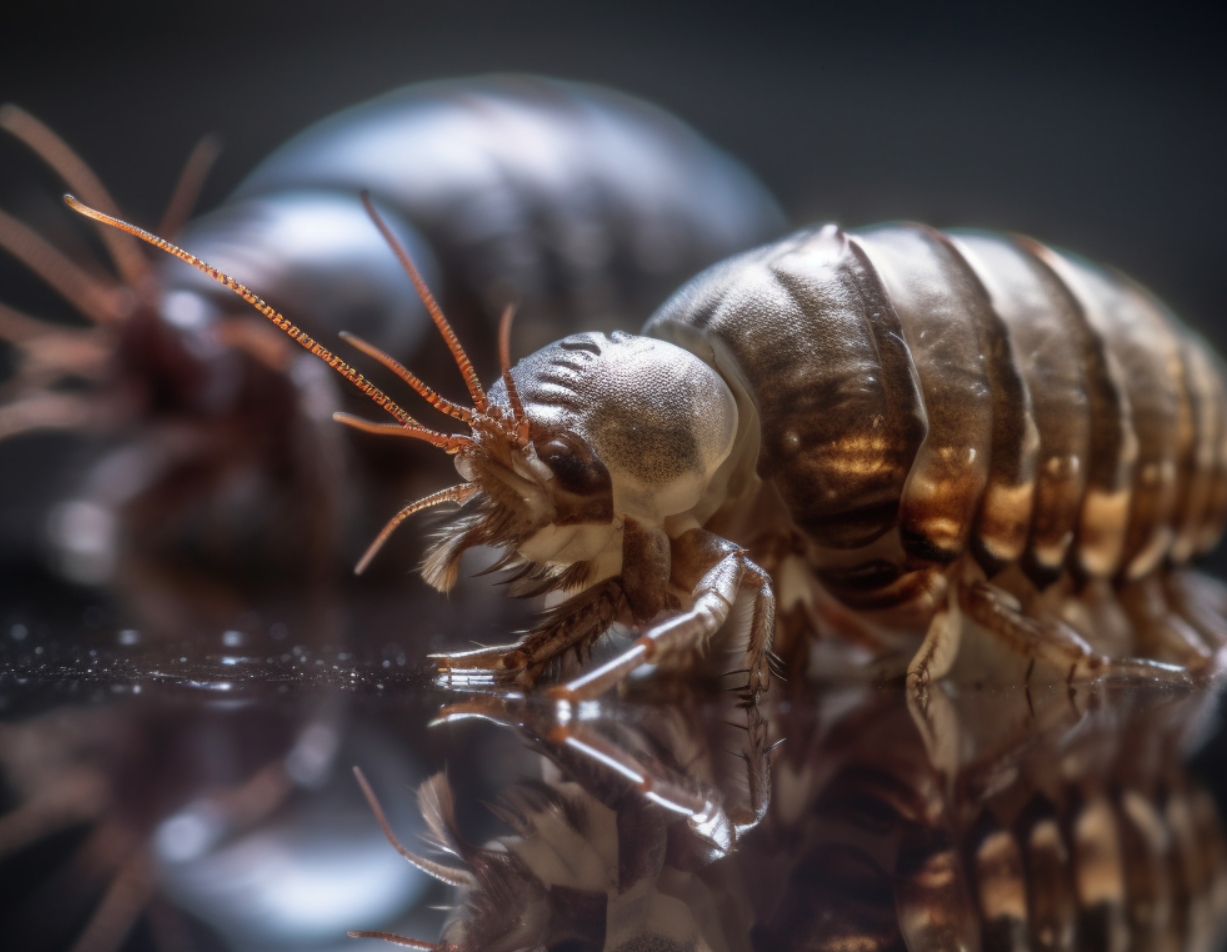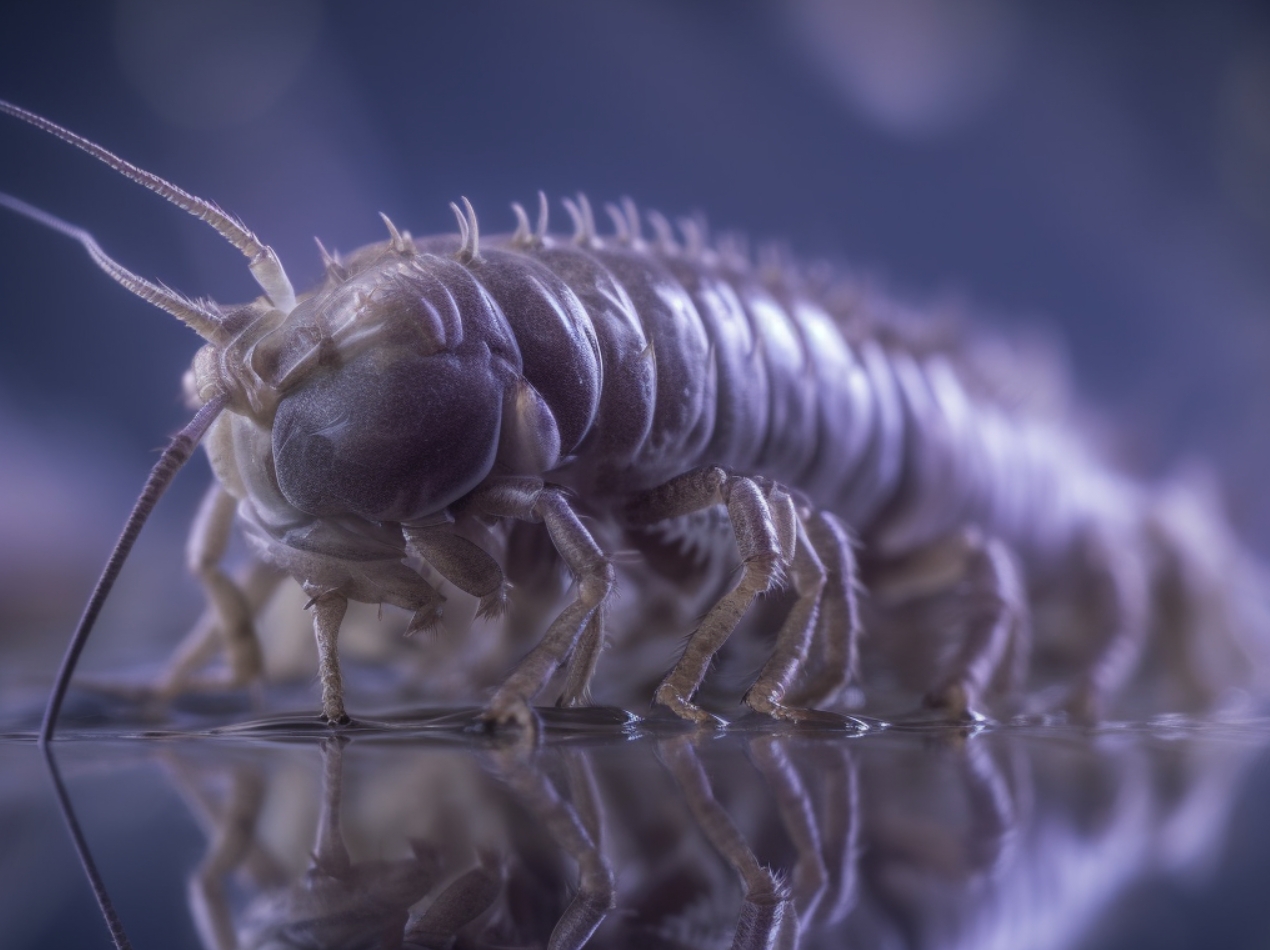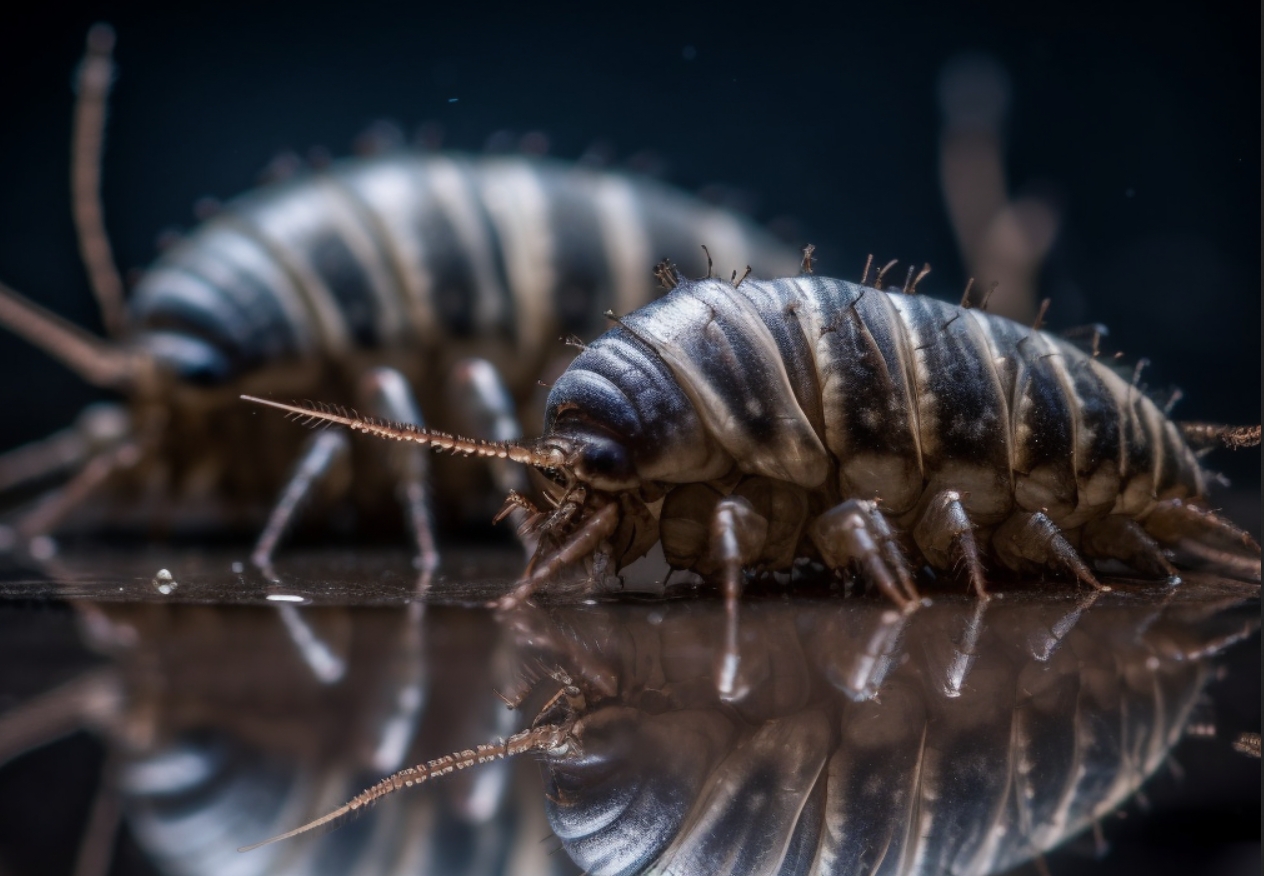Woodlice, also known as pill bugs or roly-polies, are common inhabitants of our gardens, homes, and damp environments. While they might be unwelcome guests in your house, understanding their diet and behavior can help you manage them better. In this article, we’ll explore what woodlice eat, their preferred environments, and how to control their population using various methods and products from reputable brands. So, let’s dive in and learn about these tiny creatures and their eating habits!
The Woodlouse Diet: What Do These Tiny Creatures Munch On?
Contents
Woodlice are omnivorous crustaceans, which means they have a varied diet, primarily consisting of plant matter and decaying organic materials. Here’s a rundown of their favorite foods:
- Dead plant material: Woodlice feed on decaying leaves, rotting wood, and other dead plant materials. This makes them essential decomposers in the ecosystem, helping recycle nutrients back into the soil.
- Fungi: Woodlice also consume fungi, breaking down the mycelium and fruiting bodies to extract nutrients.
- Algae: In damp environments, woodlice can be found munching on algae, which provides them with essential nutrients and moisture.
- Animal remains: While not their primary food source, woodlice will occasionally eat dead insects, worms, and other small animal remains.
- Living plants: Though uncommon, woodlice may sometimes feed on tender plant tissues, especially in damp and dark conditions. They may target seedlings, new growth, or even fruits and vegetables in your garden.
How to Identify a Woodlouse Infestation
A woodlouse infestation in your home or garden can be identified by the presence of these creatures themselves and the signs they leave behind. Some of the indicators include:
- Seeing woodlice crawling on the ground, walls, or surfaces near damp areas.
- Finding woodlice hiding under objects like rocks, logs, or plant pots.
- Noticing damage to plants, such as irregular holes or gnawed leaves.
If you’ve noticed any of these signs, it’s time to take action and address the issue. The following sections will help you understand the most effective ways to control woodlice populations in your home and garden.
Creating an Unfriendly Environment for Woodlice
Woodlice thrive in damp, dark conditions, so one of the most effective ways to control their population is by altering their habitat. Here are some tips to make your home and garden less appealing to woodlice:
- Remove hiding spots: Clear away leaf litter, logs, rocks, and other debris that can provide shelter for woodlice.
- Improve ventilation: Ensure your home is well-ventilated, especially in areas where moisture is prevalent, such as basements and crawlspaces.
- Fix leaks: Repair any plumbing leaks and address moisture issues to reduce dampness in your home.
- Seal entry points: Close gaps around doors, windows, and walls to prevent woodlice from entering your home.
By making these changes, you’ll reduce the chances of woodlice infestations and make your home and garden less appealing to them.
Using Woodlice Control Products
If you’re still struggling with woodlice despite creating an unfriendly environment, you might need to use woodlice control products. Some popular options include:
- Woodlice Killer: BestPestWorld offers a range of woodlice killer products designed to eliminate these pests. These products come in various forms, such as sprays, powders, and traps.
- Diatomaceous Earth: This natural, non-toxic powder is made from crushed fossilized algae and works by dehydrating woodlice when they come into contact with it. Sprinkle diatomaceous earth around entry points, hiding spots, and areas where woodlice are active.
- Insecticidal Soap: Insecticidal soap is a safe and environmentally friendly option for controlling woodlice. Mix a solution of water and mild soap, and spray it directly onto woodlice or areas where they are active. The soap breaks down the woodlice’s protective exoskeleton, leading to dehydration and death.
- Biological Control: You can also introduce natural predators like centipedes, spiders, and ground beetles to control woodlice populations in your garden. These predators help maintain a natural balance and keep woodlice numbers in check.
- Bait Traps: Bait traps are an effective way to catch and kill woodlice. Place the traps in strategic locations where woodlice are most active. Check the traps regularly and dispose of any captured woodlice.
Remember to follow the product instructions carefully and keep all woodlice control products out of the reach of children and pets.
Monitoring and Prevention
After you’ve taken steps to control woodlice populations, it’s essential to monitor your home and garden to prevent future infestations. Keep an eye out for signs of woodlice activity, such as damaged plants, woodlice sightings, or their characteristic droppings. If you notice an increase in woodlice numbers, take action immediately to address the issue before it becomes a more significant problem.
In addition, consider implementing preventative measures, such as:
- Regularly cleaning and decluttering your home and garden to eliminate hiding spots.
- Maintaining proper moisture levels in your home to discourage woodlice infestations.
- Ensuring good airflow in damp areas like basements and crawlspaces.
- Inspecting your home for entry points and sealing them to prevent woodlice from entering.
By adopting these practices, you can keep woodlice populations under control and maintain a healthy and comfortable living environment.
Final Thoughts
Understanding what woodlice eat and how they behave is key to managing their populations in your home and garden. By creating an unfriendly environment, using woodlice control products, and implementing monitoring and prevention strategies, you can effectively control these creepy crawlers.
Woodlice play a vital role in the ecosystem by breaking down dead plant material and recycling nutrients back into the soil. However, it’s essential to find a balance between the benefits they provide and the potential damage they can cause to your home and garden.
